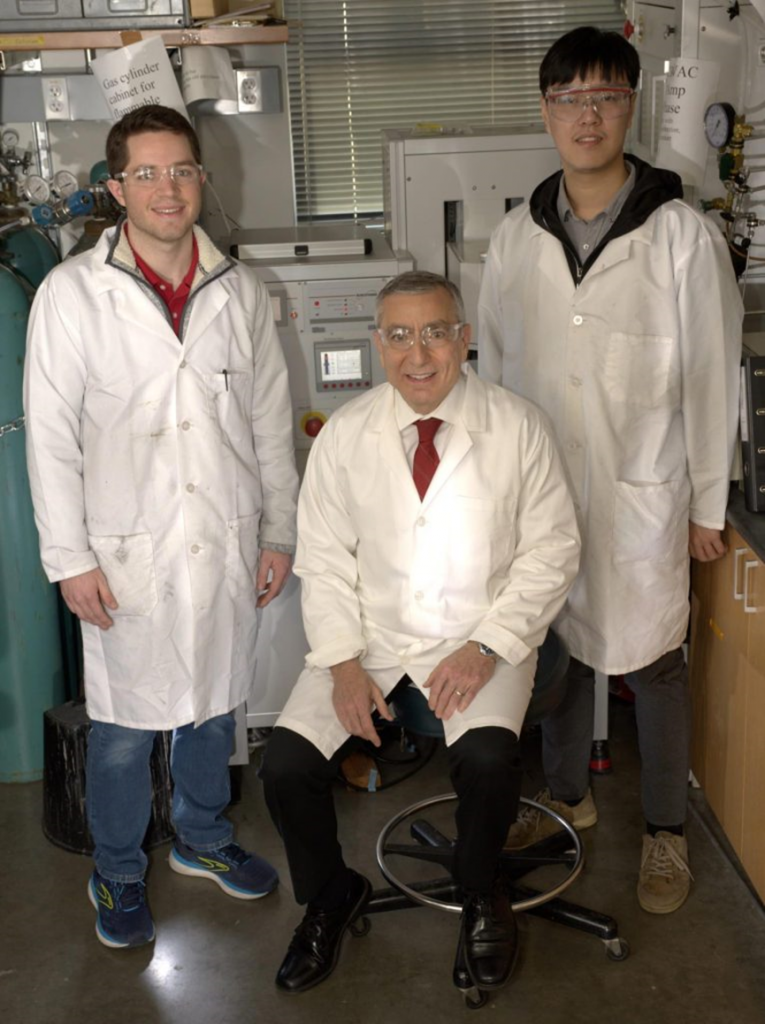
Last year, global energy-related carbon dioxide (CO2) emissions exceeded 36 billion tons, setting a record high. Although carbon neutrality has been promoted and adopted worldwide in recent years, the energy structure is hard to have a dramatic change in the short term. The world is paying the price for long delays in confronting global warming.
As global carbon emissions continue to rise, the level of greenhouse gas the world can still release before pushing the planet past the very dangerous warming threshold has become alarmingly tight, according to the UN climate panel’s report from last Monday.
The carbon reduction pace is still slow. It is now nearly impossible to prevent global warming by 1.5℃. When the earth passes the 1.5℃ threshold, more extreme weather will occur, the ecosystem will be off-balanced, sea level will rise above small islands and low-altitude areas…

As the median estimates, if the world only uses a minimal level of carbon capture, the global annual greenhouse gas emissions must be reduced to around 31 billion tons by 2030 to prevent reaching 1.5℃ of global warming. This means slashing emissions in half in eight years, which is unrealistic.
,
Solely relying on emission reduction could not save the world anymore. The UN climate panel says the world needs infrastructure, systems and policies to suck billions of tons of CO2 out of the air every year.
The report lists a variety of carbon removal methods, such as afforestation, direct air carbon capture and storage (DACS), bioenergy and carbon capture and storage (BECCS), etc., but they all have limitations and flaws.
So far, a few countries have started constructing and operating carbon capture plants. For instance, Iceland has begun operating its DACS plant, Orca, in September last year. The plant is expected to capture 4,000 tons of CO2 from the air annually.

However, the current DACS technology is expensive and difficult to scale up. Capturing a ton of CO2 costs between USD$80-160, which deters the adoption of the technology.
Fortunately, technology is always improving. A paper from Rice University titled “Plastic Waste Product Captures Carbon Dioxide in Nanometer Pores” was published last Tuesday; it introduces a new method to capture CO2 from the air.

Three chemistry researchers from the Rice University
From left to right: Paul Savas, James Tour, Zhe Yuan
The newly discovered chemical technique turns waste plastic into an effective CO2 sorbent for industry, simultaneously solving two major environmental problems.
James Tour, one of the paper’s authors and chemical professor at Rice University, reported in the American Chemical Society journal ACS Nano that heating plastic waste with potassium acetate produced particles with nanometer-scale pores that trap carbon dioxide molecules. The particles can hold up to 18% of their weight at room temperature.

The heated particles under a microscope. Pores about 0.7 nanometers wide can be clearly seen.
These particles are suitable for CO2 emission sources like power plants. They can remove CO2 from flue gas streams. Moreover, this CO2 sorbent can be used repeatedly. Heating it to about 75℃ releases trapped carbon dioxide from the pores, regenerating about 90% of the material’s binding sites.
Compared to the previous DACS technology, this newly discovered DACS technique of using waste plastic significantly reduces costs. The estimated cost of capturing CO2 from a point source like post-combustion flue gas would be $21 a ton, on top of solving the plastic waste problem at the same time.
Carbon capture is an inevitable path for the earth. The research from Rice University comes just in time. Hopefully, countries can start picking up this technology shortly and build efficient DACS plants early so that we can slow down global warming.
Global CO2 emissions rebounded to their highest level in history in 2021: https://www.iea.org/news/global-co2-emissions-rebounded-to-their-highest-level-in-history-in-2021
UN climate report: Carbon removal is now “essential”:https://www.technologyreview.com/2022/04/04/1048832/un-climate-report-carbon-removal-is-now-essential/
Turning Plastic Waste Into Carbon-Capture Master That Can Soak Up Excess Carbon Dioxide: https://scitechdaily.com/turning-plastic-waste-into-carbon-capture-master-that-can-soak-up-excess-carbon-dioxide/



